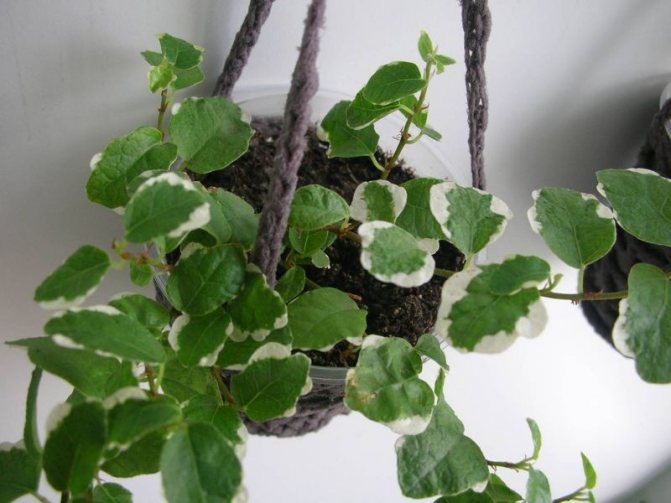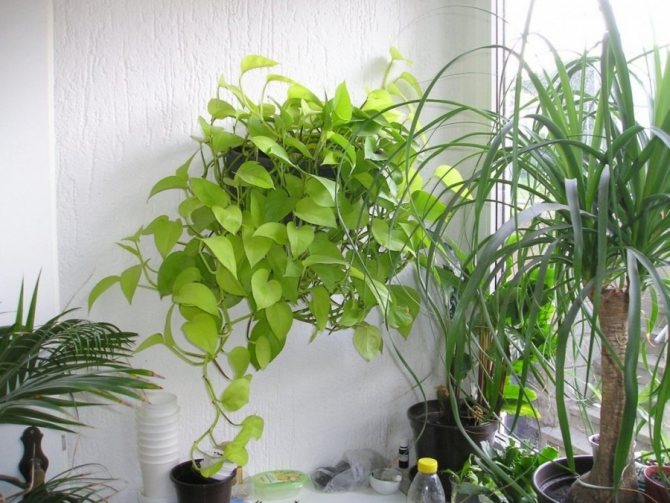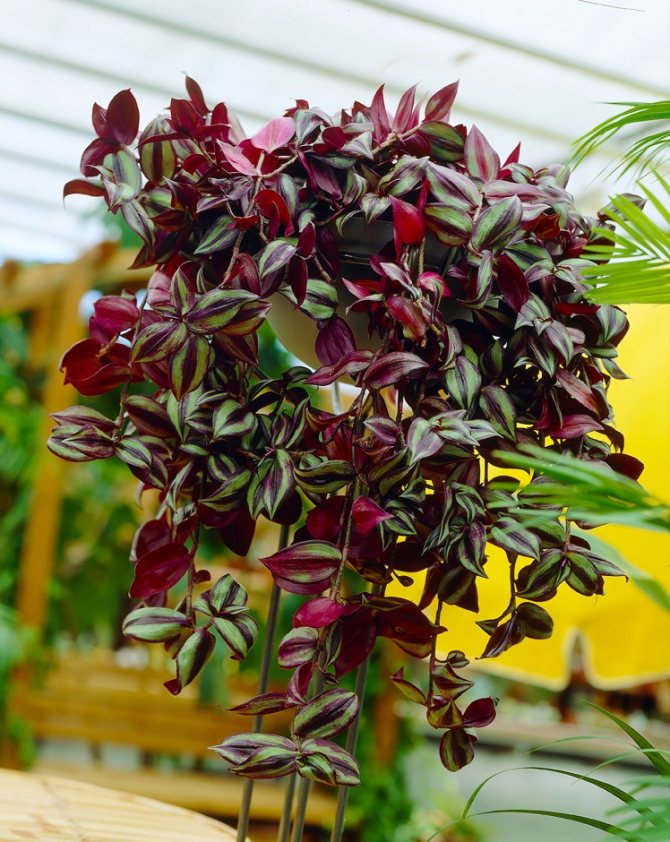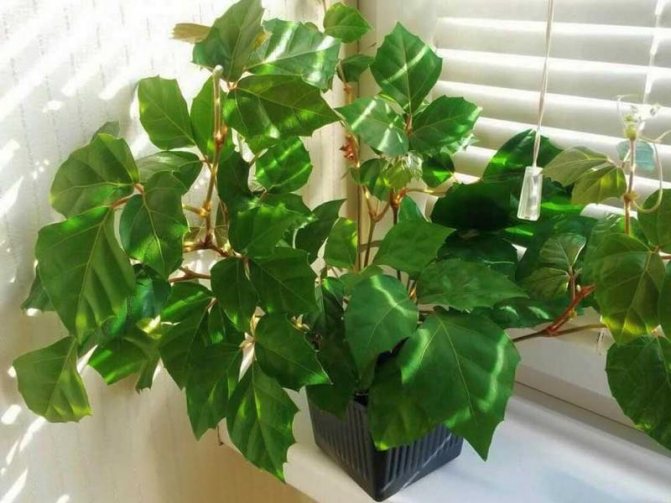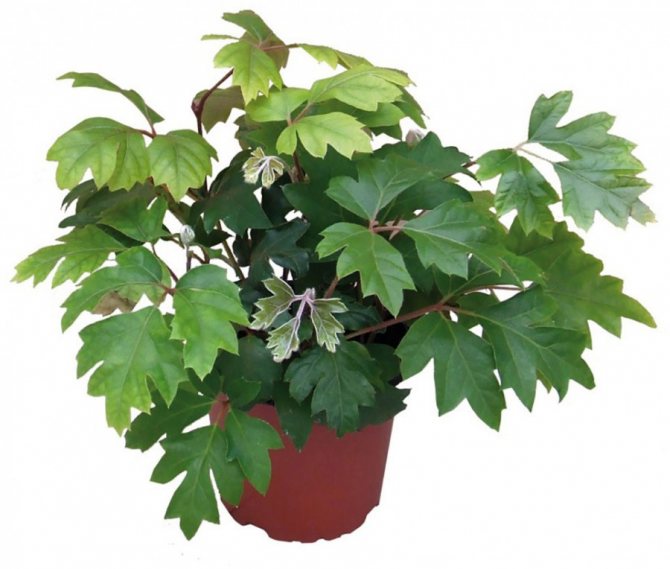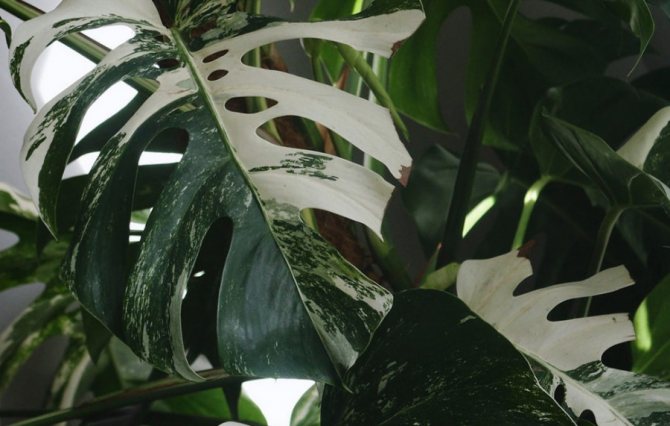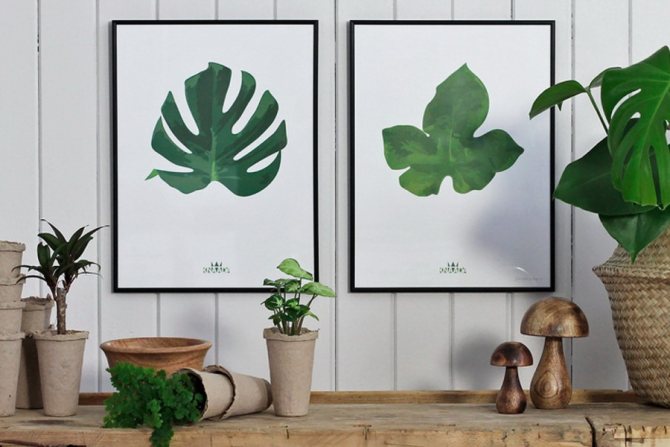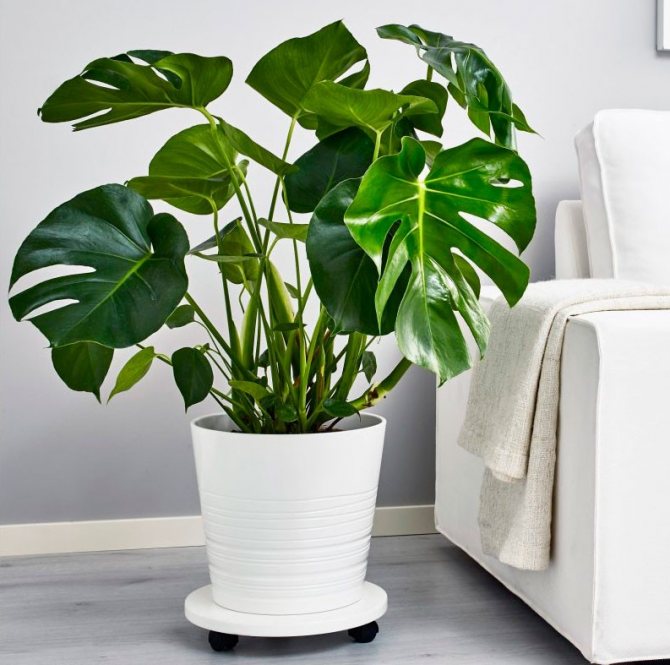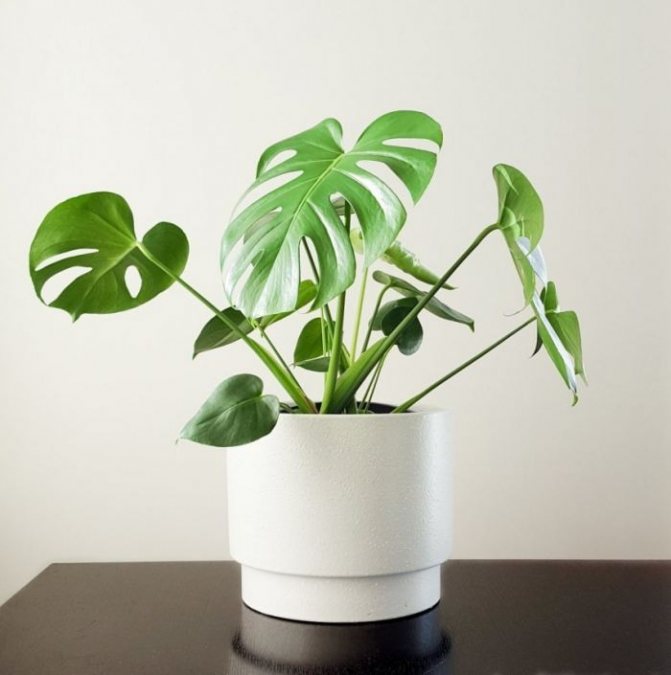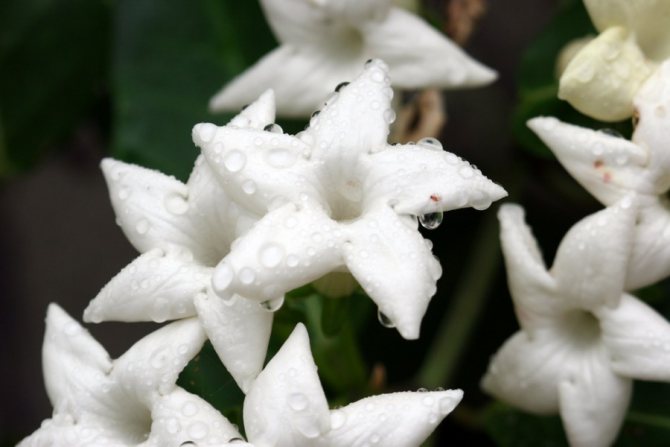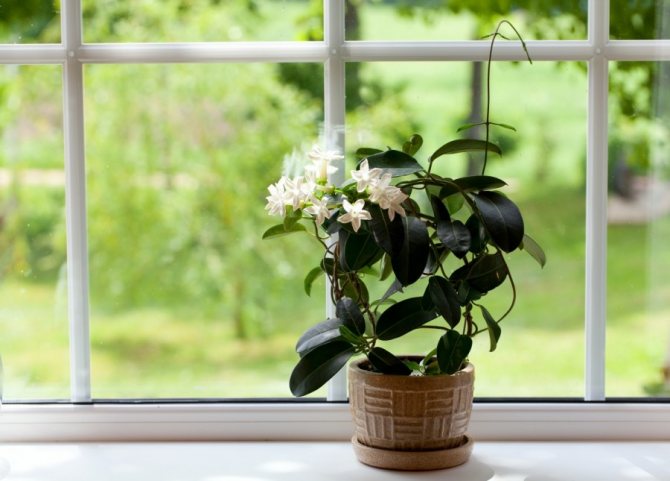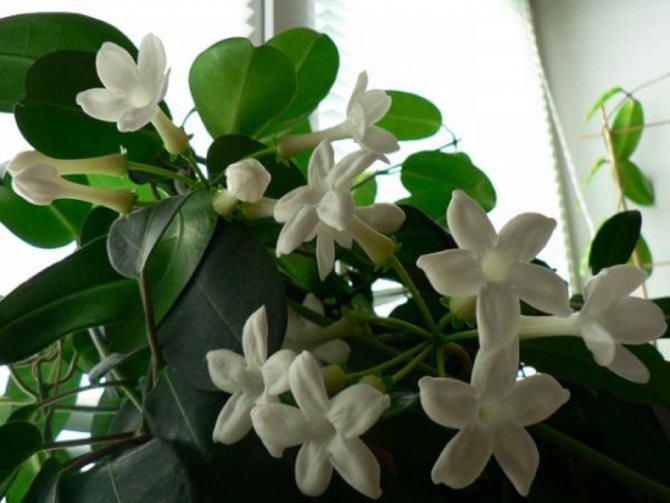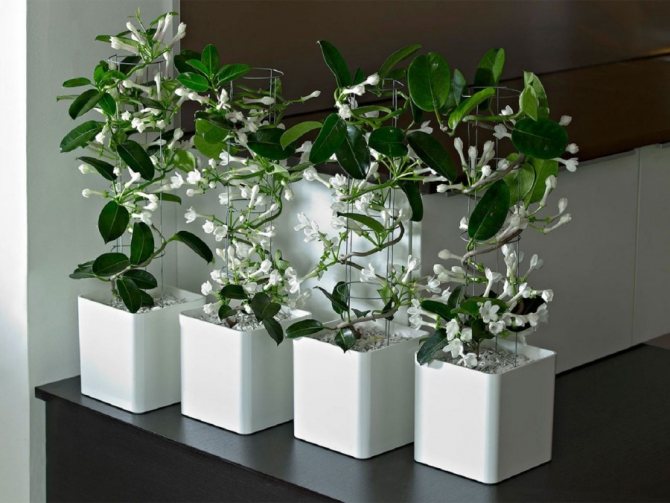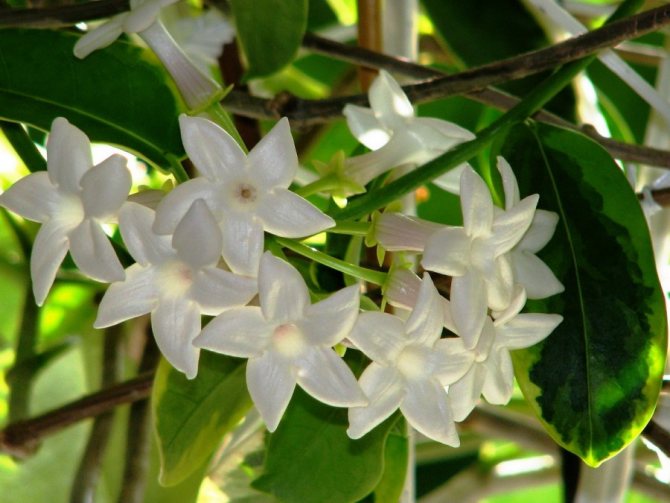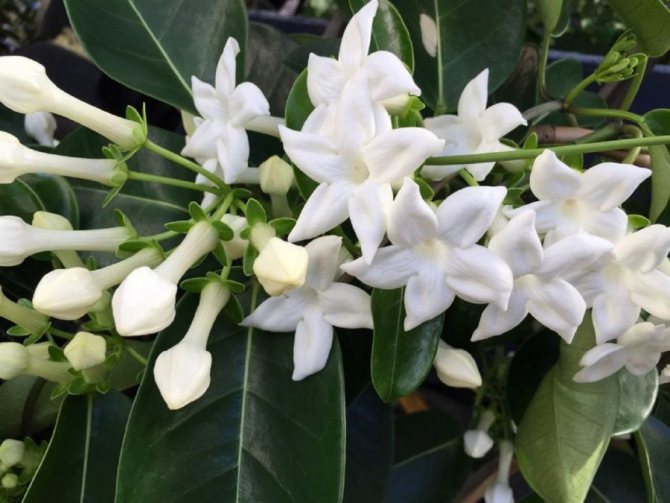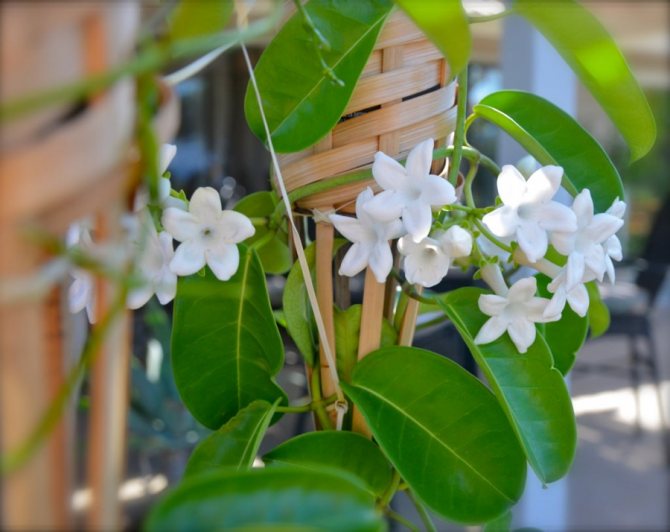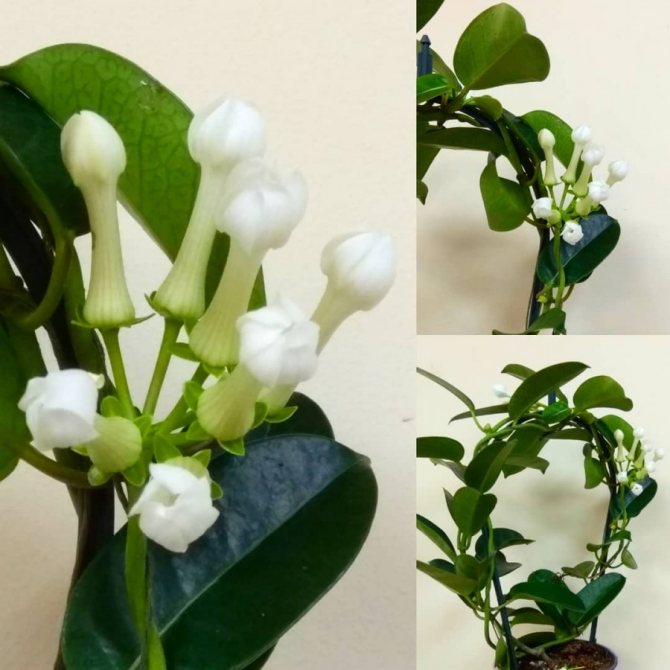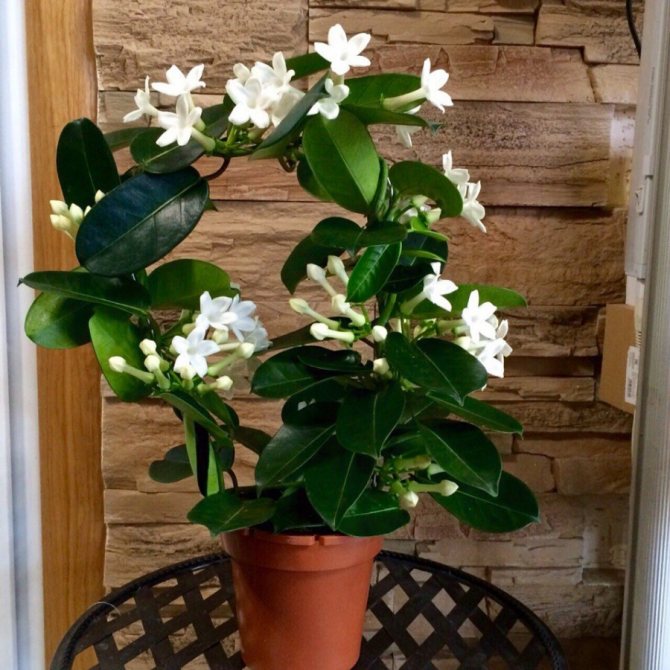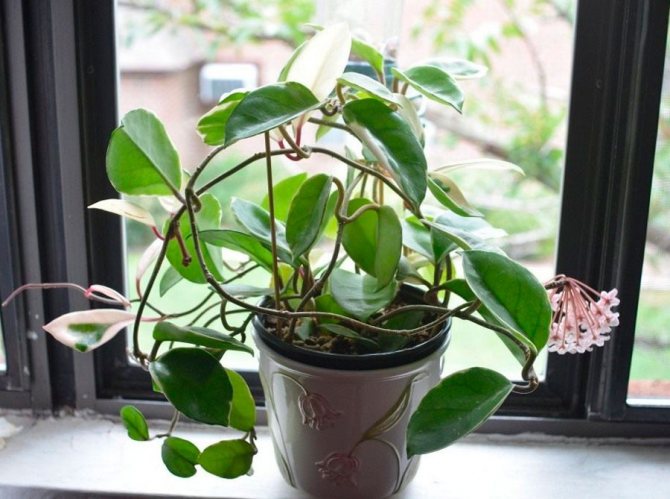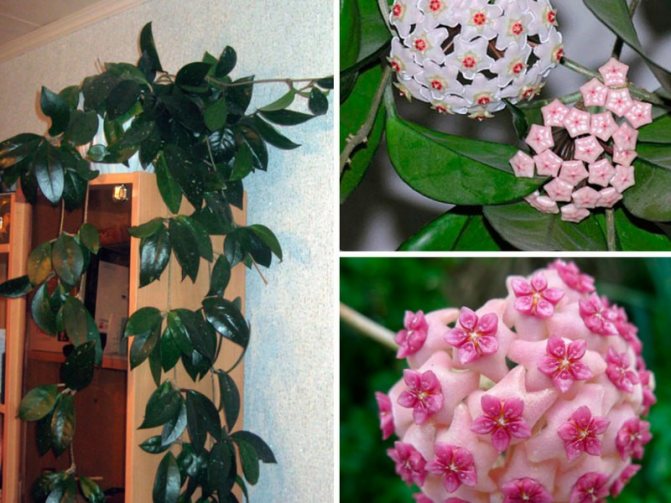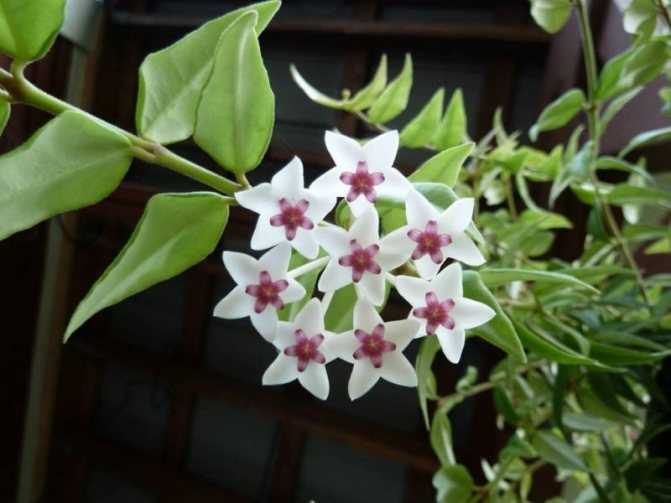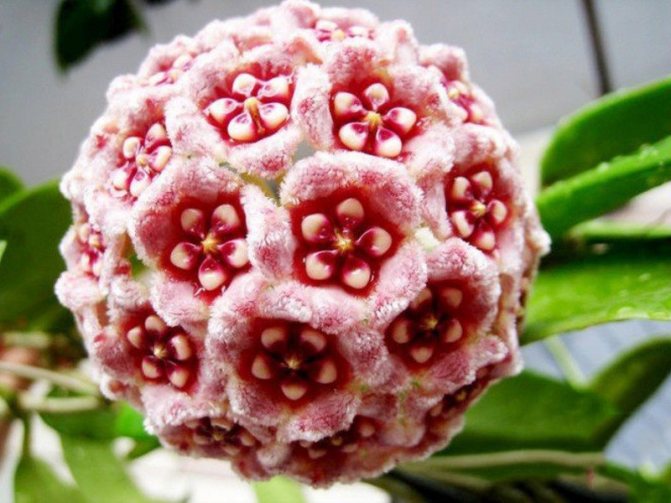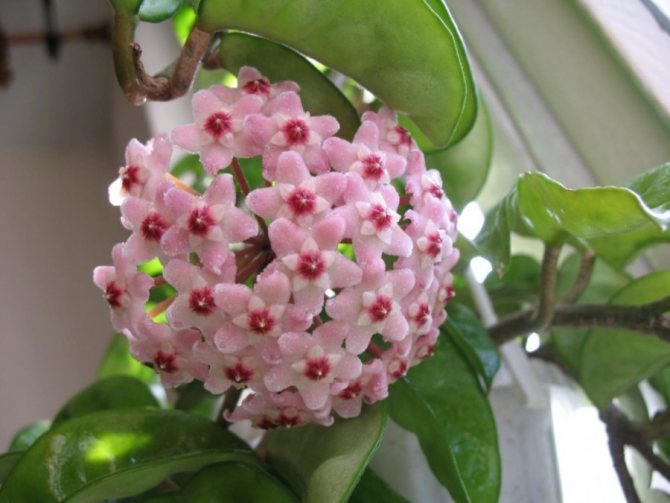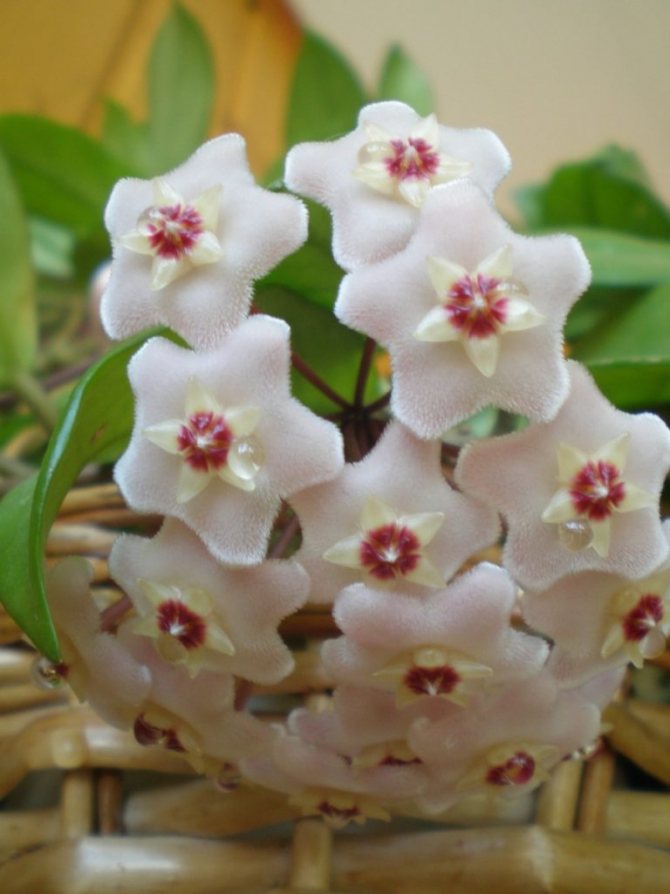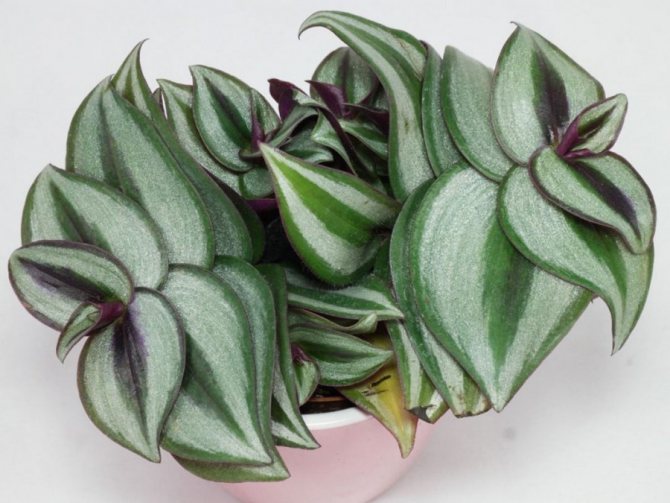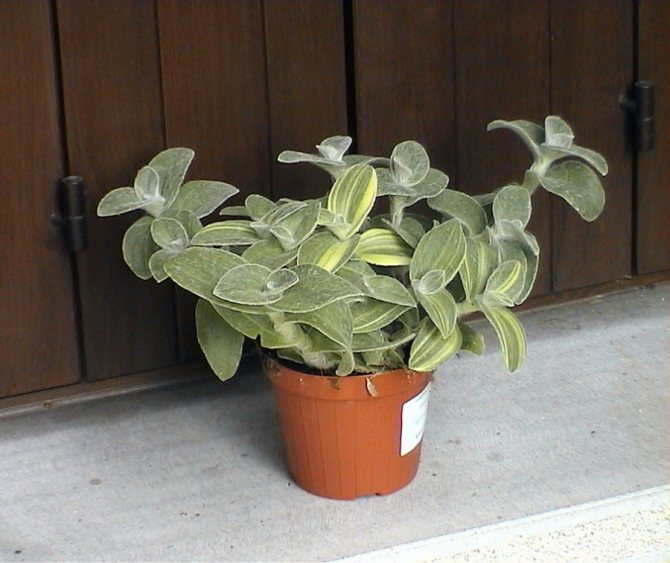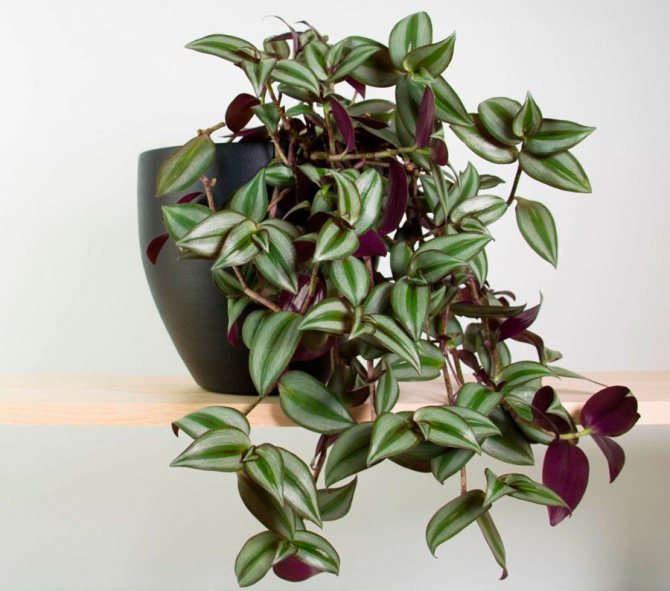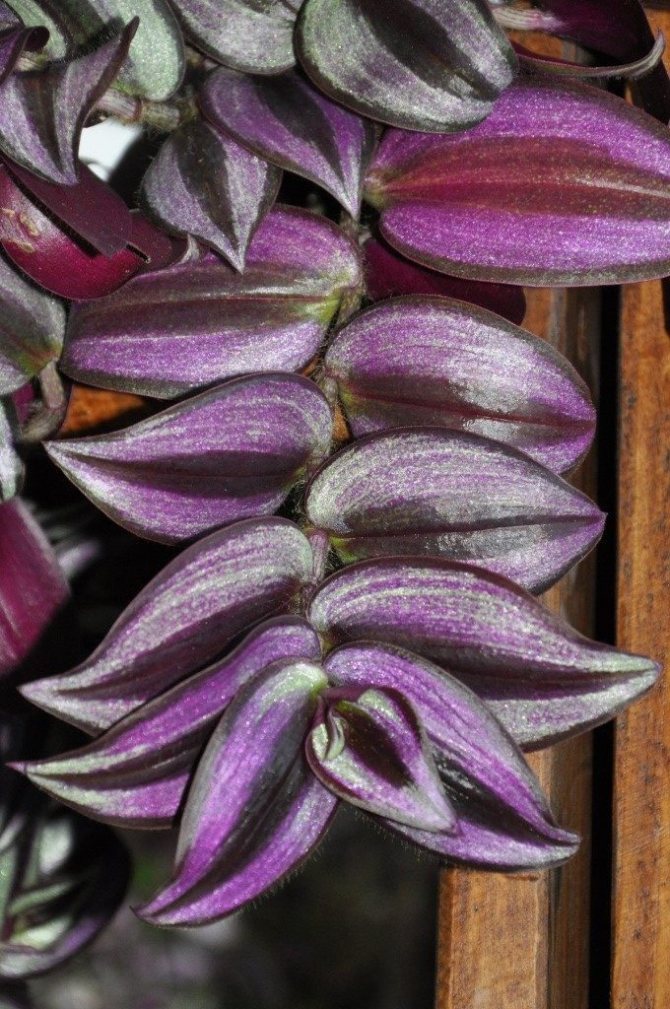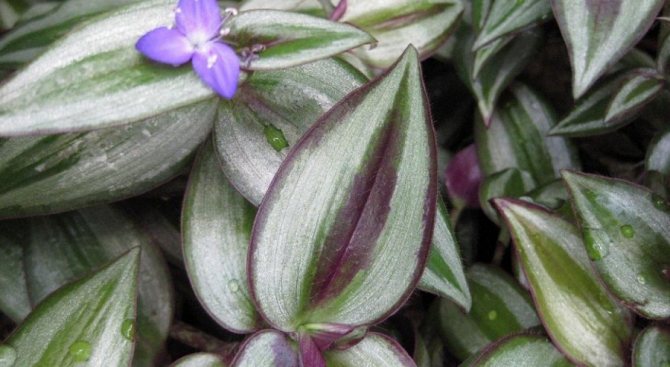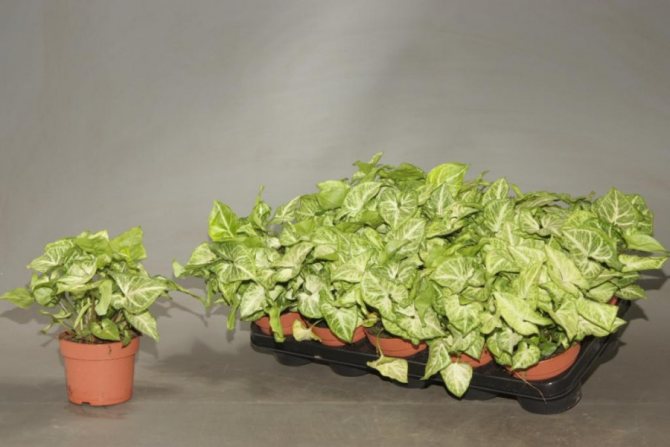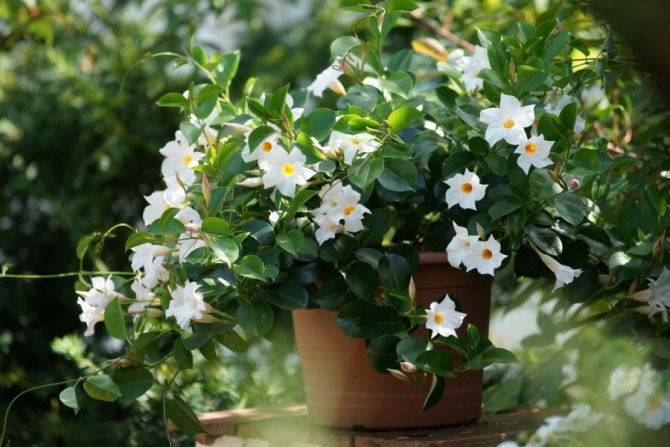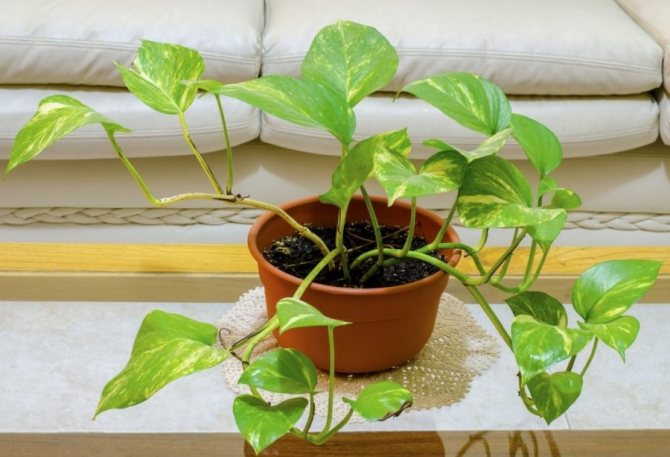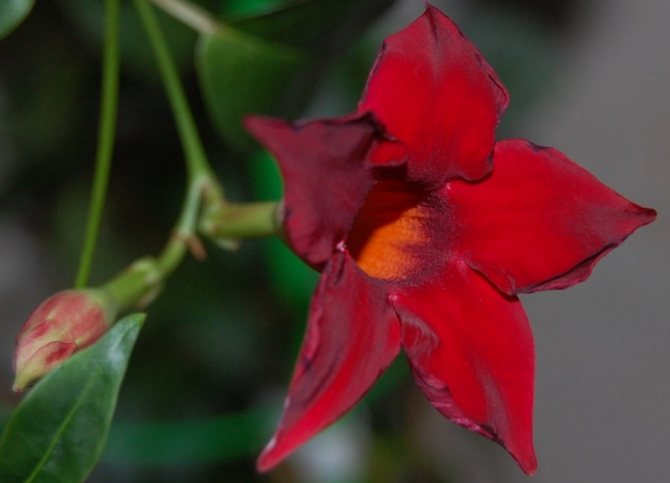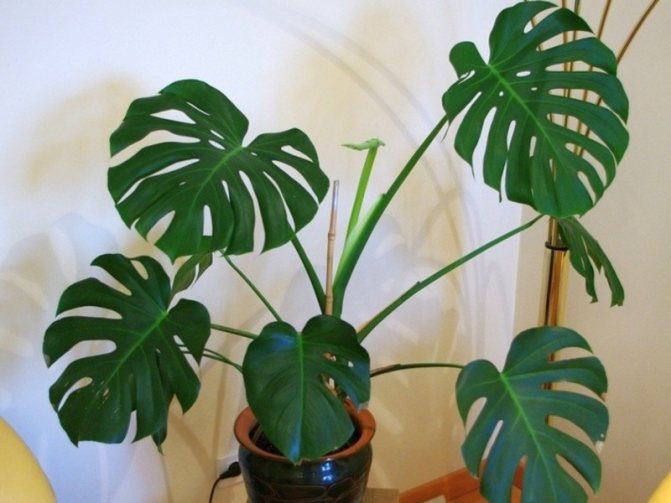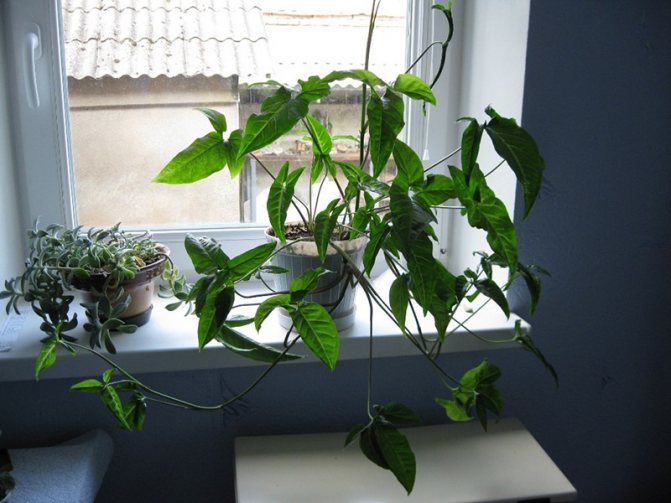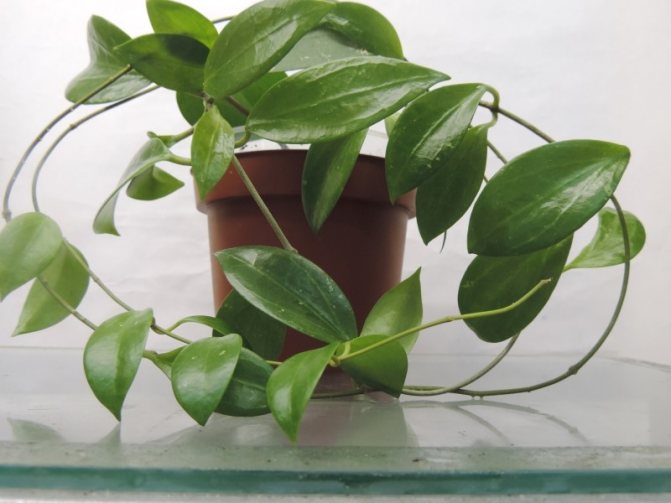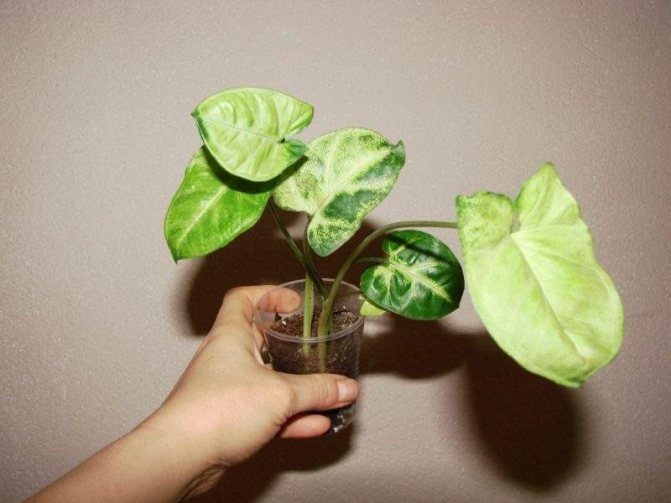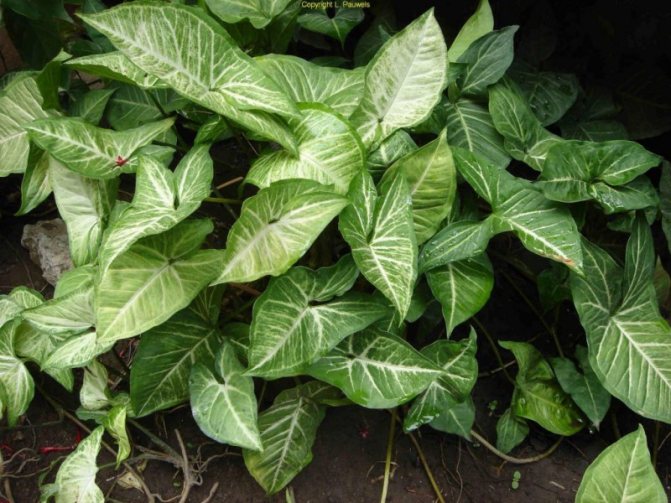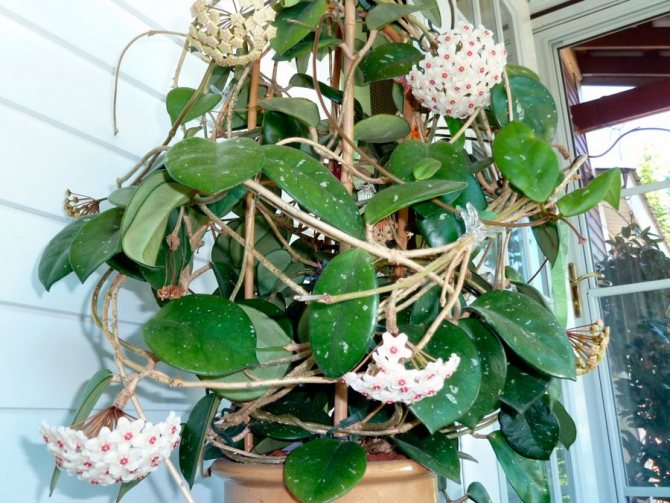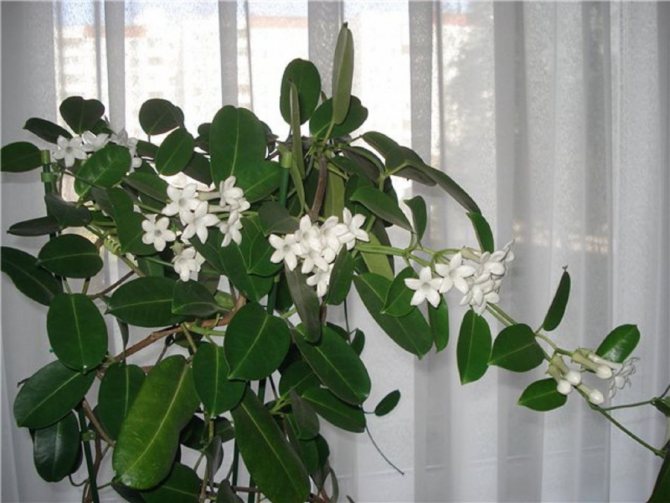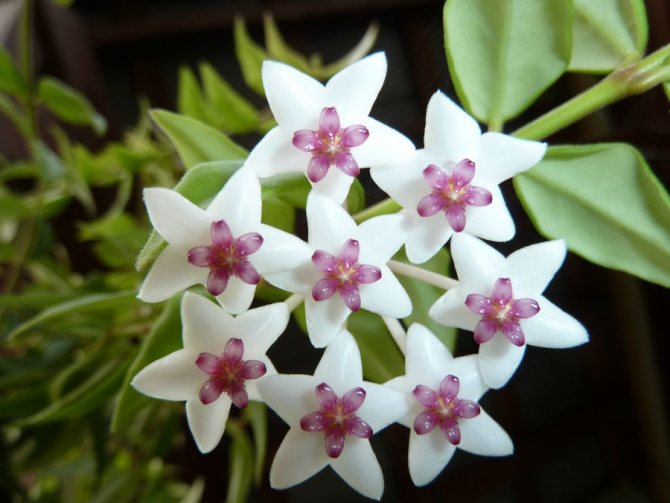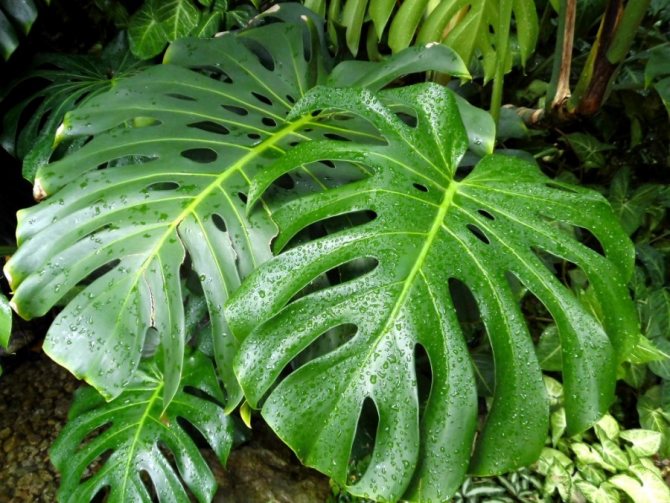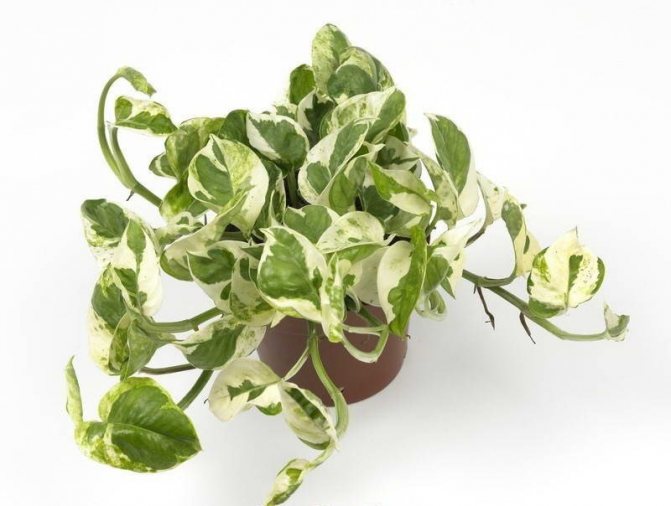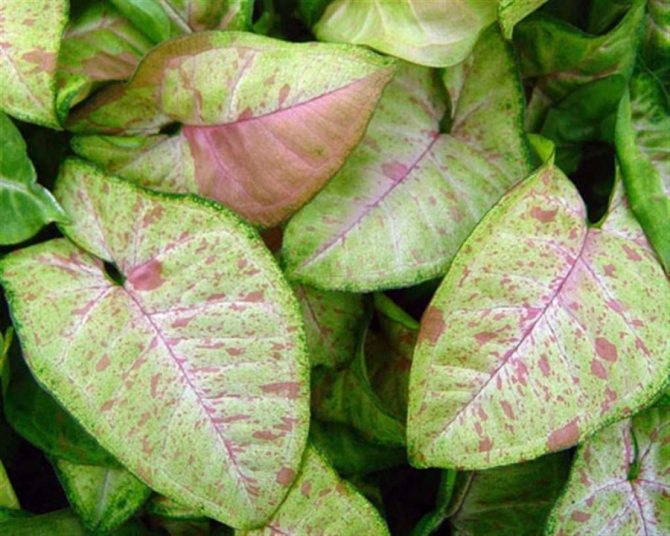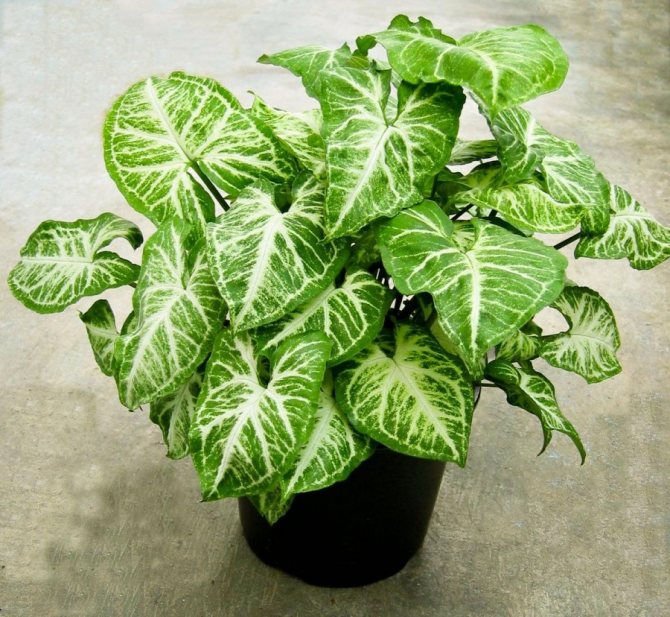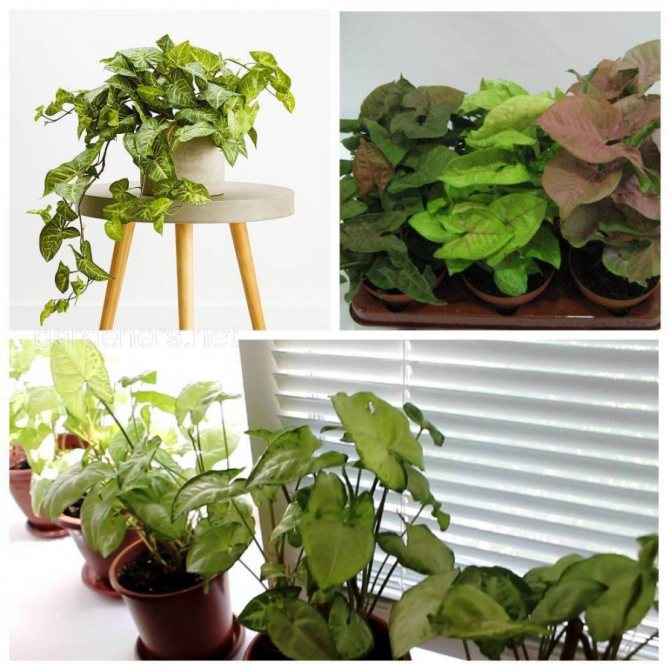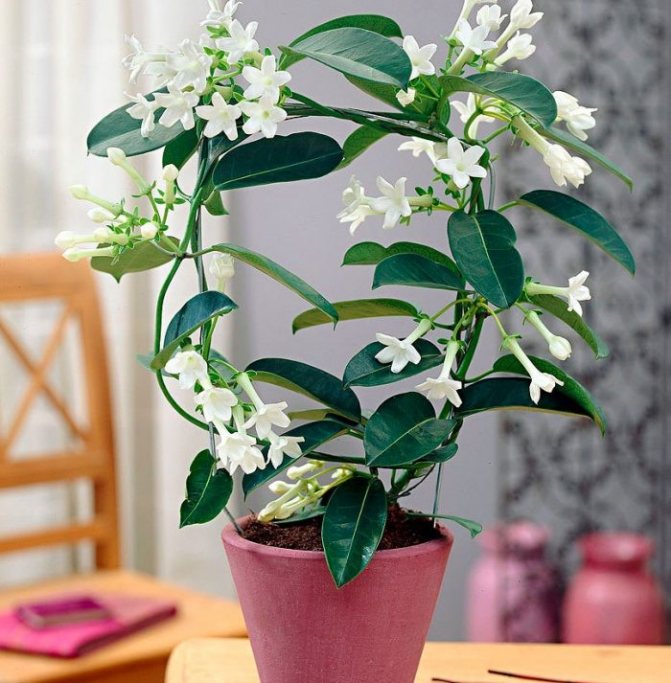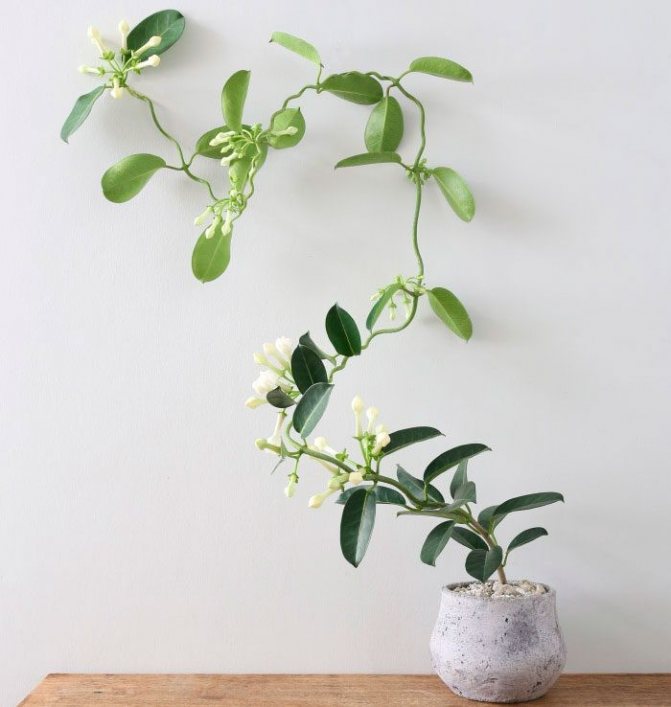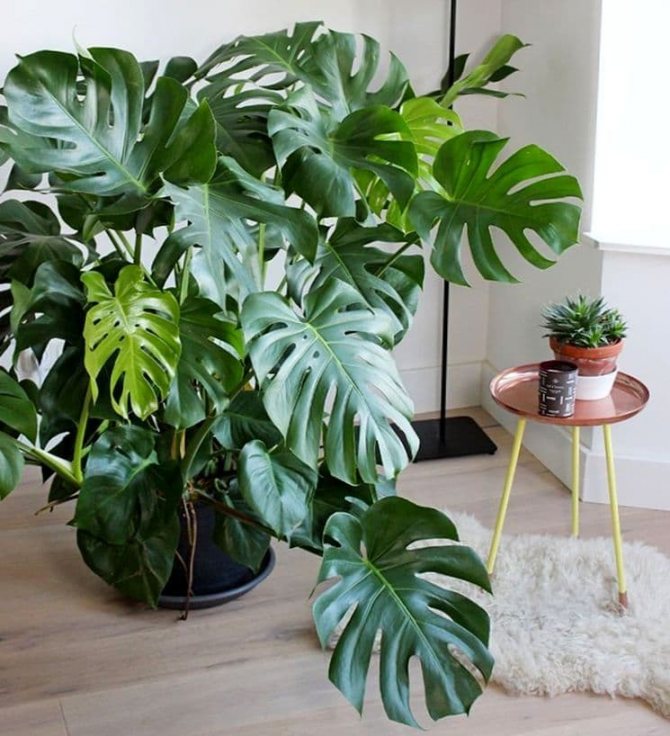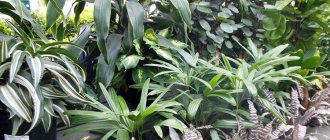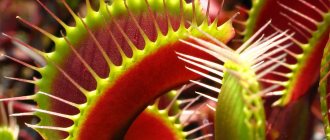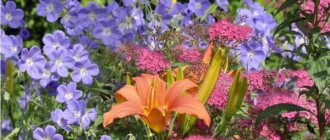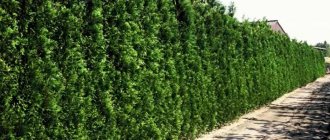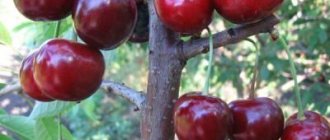Nothing transforms a room like fresh flowers in pots or flowerpots. Flora gave us a lot of plants that add extraordinary comfort to the house. Simple house flowers look cute and pleasing to the eye, but climbing indoor plants produce a separate effect in decorating the environment with greenery.
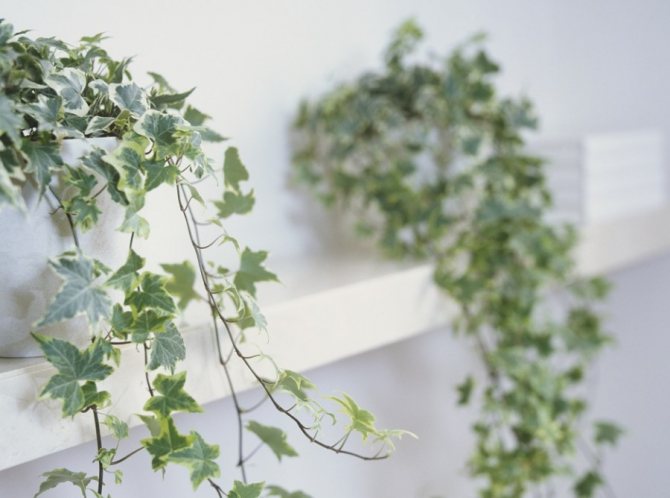
Possessing good picturesque properties, they are rapidly growing and decorate a large area. Today they are increasingly used for landscaping apartments and offices, schools, kindergartens.
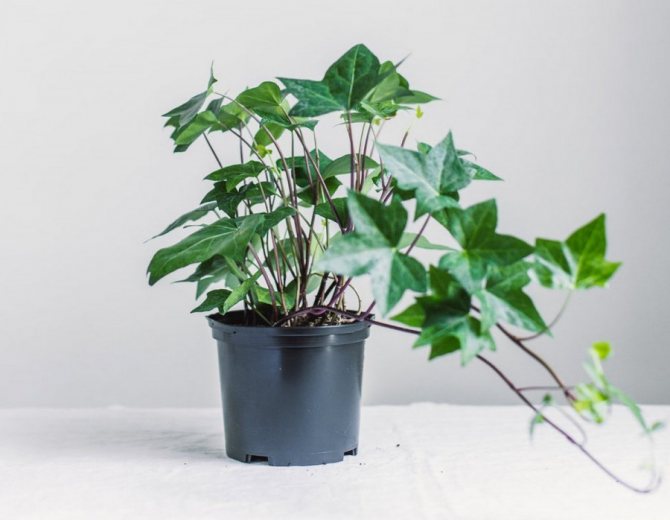

Long flexible shoots crawl along specially built supports, which are not difficult to make. It can be a simple stretched cord, wire, or a stick stuck into the ground, a rail.


Many, subject to superstitions and prejudices, believe that flowers of this kind have no place in residential buildings, as if they attract problems and troubles, and do not breed them.
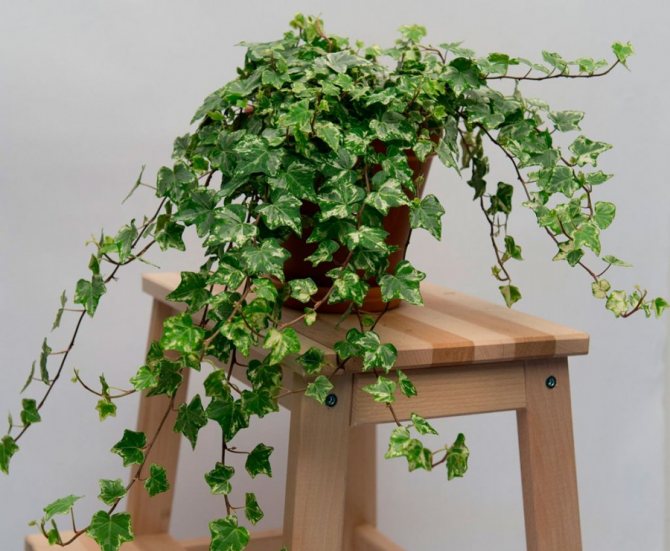

But in fact, bioenergetics claim that bindweed indoors take away negative emotions and experiences, help to collect thoughts, remove all negative energy accumulated over a long period of time.
Decorative foliage weaving ampelous plants
Decorative leafy weaving ampelous are divided into two groups: small-leaved and large-leaved. Famous representatives of small-leaved plants are cissus, common ivy and scindapsus.
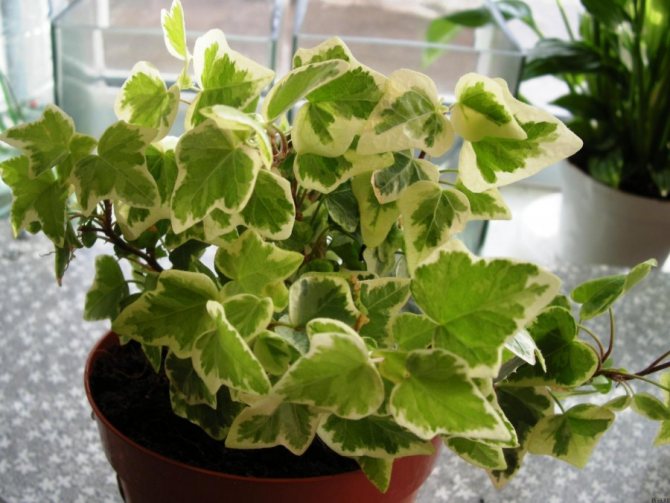

Ivy
Its foliage is of an unusual shape, similar to beautiful spikes or stars, and their tone can be of different shades on the same bush (from dark green to rich colors of greenery).
Being extraordinary, does not need special care. Moderate watering and feeding in the springtime will be sufficient.
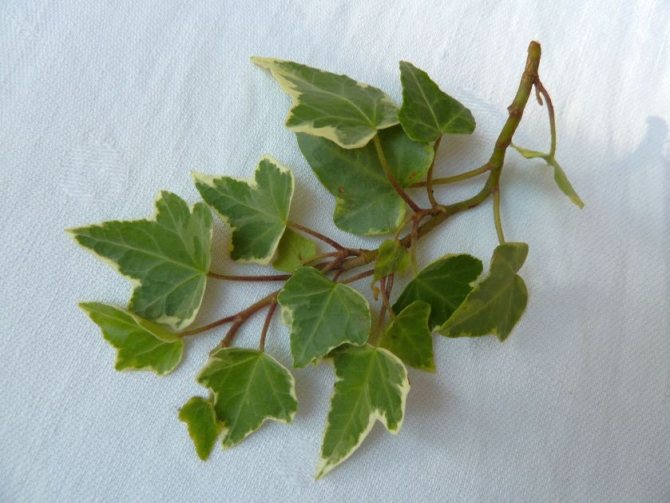

It may be the most common of the bindweed, but a cascade of green stars perfectly decorates even the most boring setting.


Cissus
Cissus has a vine in its relatives. The color of the leaves of the plant is bright green with silver spots, often on the back there can be a pink tint.
He loves bright, diffused light, so plant the cissus in similar conditions, remembering to spray it on a hot day.
Scindapsus
He is not afraid of sunlight or its absence and temperature drops. Saturated green leaves with white blotches resembling a heart grow in any conditions, so the scindapsus does not require special efforts and worries.
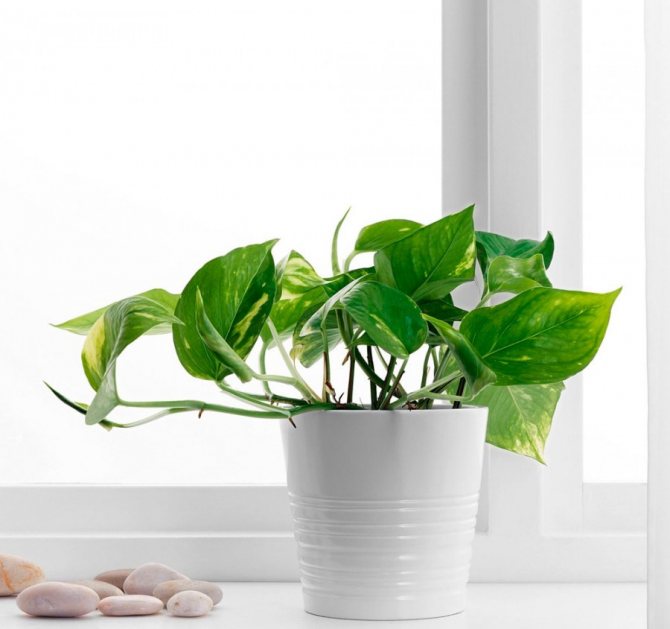

It is recommended to plant several cuttings in a flowerpot, for its splendor. Braiding the trunks of trees in the garden or a special support, he creates bizarre figures from his stems.
Bacopa on the balcony
Bacopa is a very lush flower, abundantly blooming and unpretentious, therefore it is great for growing at home, but it is also appropriate for decorating the street. There are more than 100 species of these plants.
Bacopa on the balcony
The plant has small bright green leaves, the shoots sometimes reach 60 cm. Flowering usually takes place in waves: at first, the bakopa pleases with an abundant color, after which it gradually becomes more moderate, but then resumes again.
The flower loves moisture very much, therefore it requires frequent watering.The advantage of this plant is that it easily tolerates temperature changes, and grows both in the sun and in partial shade.
Vines with large leaves
Lianas with large leaves look especially impressive, so they are more popular and they are often used to decorate the interiors of rooms.


Syngonium
The first representative of the ampelous syngonium. Its leaf shape changes from pointed to broadleaf as it grows. The color range of foliage can range from green to white, because the syngonium has a wide variety of varieties.
It grows up to one and a half meters. It is better to place the flower in a well-lit area, carrying out regular watering.
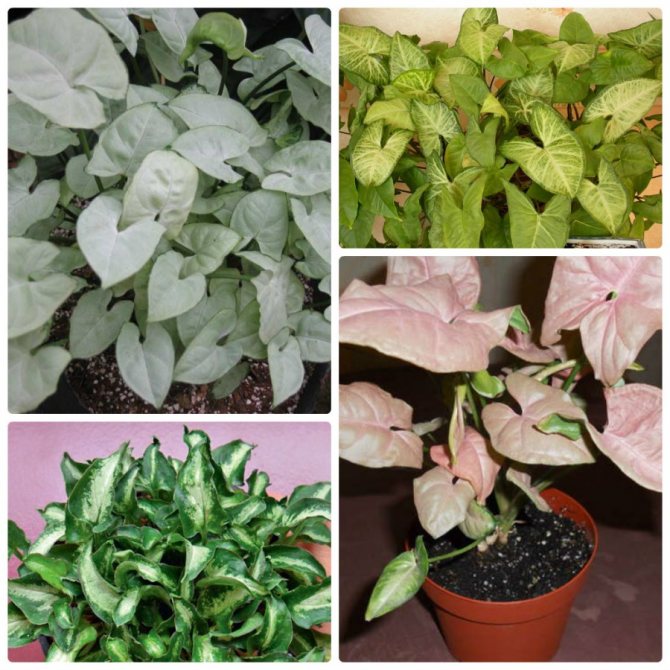

Monstera
Monstera is a large-leaved flower. A real giant, reaches up to 3 m in height, with shiny leaves of a dark emerald color, with cuts to the middle.
It prefers to grow in lighted areas, but strong lighting can damage the leaves, leaving burns on them.
Philodendron
The climbing philodendron perfectly greens the walls, with 10 cm leaf plates. To add splendor, it is advised to carefully pinch off the tops.
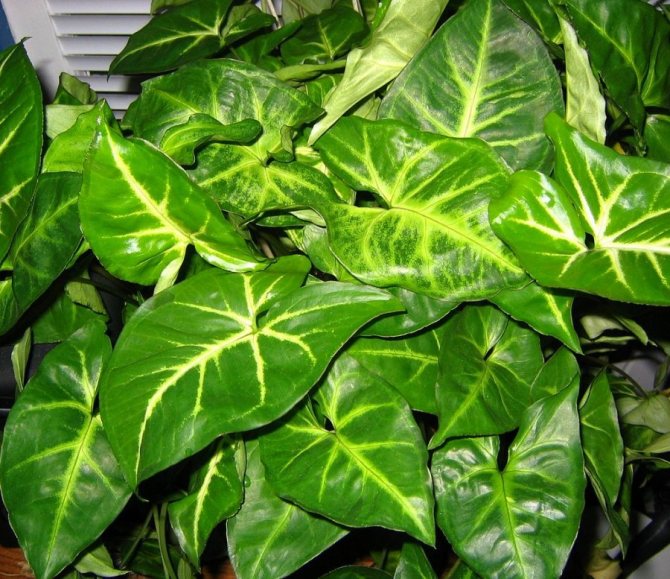

For growth, the soil in the pot should always be kept moist and the location should be on the sunny side.
Benefit
In addition to aesthetic pleasure, ampelous indoor plants can play an important role in home design. With the help of ivy and other rapidly growing vines, it will be possible to decorate the wall in a short time, to zone the space, creating a living light partition.
Light openwork ferns and asparagus, freely descending from suspended pots, perfectly stretch out spaces. With their help, a room with low ceilings will seem more spacious.
Watch also a video on the topic:
Ornamental flowering plants
Curly lianas are separate colorful subspecies that amaze not only with their size and shape of leaves, but also with buds that delight the eye. They decorate shelves, window sills and all kinds of shelves in the room in a special way.
"Madagascar Jasmine"
"Madagascar Jasmine" or Stephanotis grows quickly, its growth can reach five meters, so it is advisable to immediately allocate more well-lit space for it, and in winter additional lighting will be required.


Bunches of flowers are mainly of a delicate light color in bed cream tones.


"Wax ivy" or hoya
"Wax ivy" or hoya is large in size and grows up to 3 m in length. Hoya flowers in the form of stars. He loves more the east or west sides in the house, this helps to keep the foliage of the hoya elastic and variegated.
It is best to feed with phosphorus-containing compounds and regularly moisten the soil. It is not recommended to move the flowerpot during the flowering period.
Diplomas
Diplomacy came to us from the tropics. Touches with a variety of shades of flowers that grow up to ten centimeters. Suitable for both apartment decoration and office interiors. Bindweed blooms for about two weeks, prefers warm fresh air and open space.
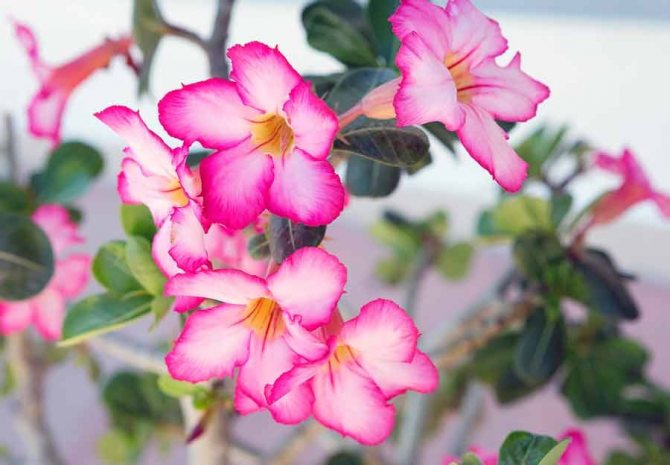

Ipomoea tricolor is a variety that can be planted every year in a flower garden. Possessing a lush green crown, with a huge number of leaves and cute flowers in blue tones, it will become an excellent inhabitant of home gardens and front gardens. Morning glory is shade-loving and does not tolerate direct sunlight.


Tradescantia
Tradescantia is found in almost every grower. Its silvery leaves with a fine fluff can be found on almost every window. The small white buds, unfortunately, do not bloom for long.
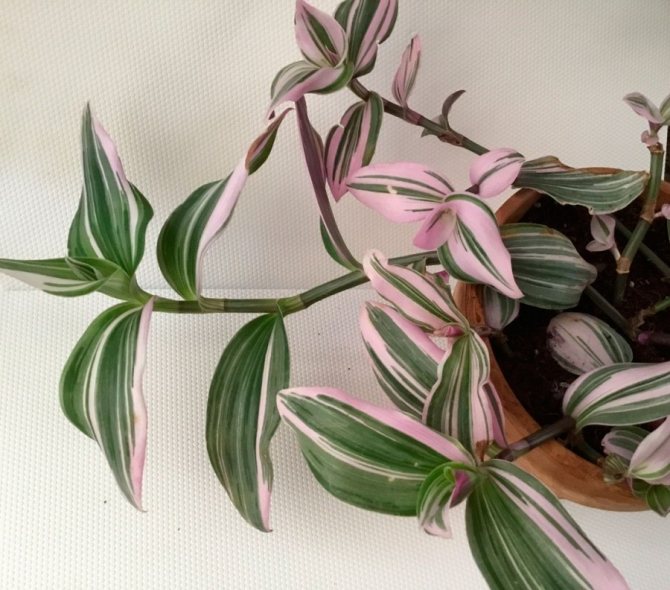

Tradescantia Silomantana is a variety with purple buds and leaves. To grow tradescantia, you do not need much effort: water abundantly, but not overmoisten the soil and find a well-lit place for it.
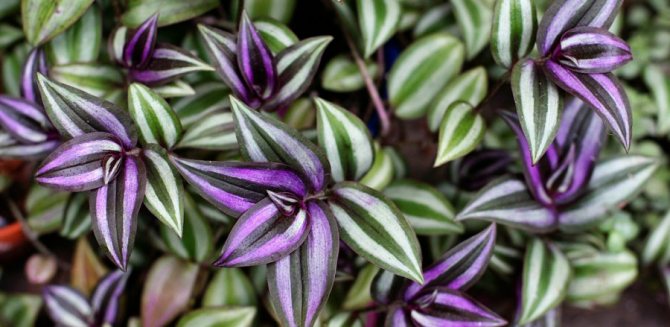

Indoor vines are generally unpretentious and do not require special care.Very versatile for interior decoration, wall and window decoration, great for home and office.
- Provide the lighting required for each grade.
- Fresh air is essential to prevent pollution and parasites.
- Carry out top dressing on time.
- When watering the soil, do not overdo it, from a large amount of moisture, root decay is likely to begin. When watering, try not to get the shoots wet at the base.
- As it grows, replant, the roots in a small pot may be cramped, which will affect the state of the shoots.
Following all the rules of care, you will grow climbing indoor plants as a wonderful additional decoration for your interior.
Description
Ampel plants are called plants with long flexible shoots that fall beautifully down.
Interesting... Ampel means "hanging flask (bottle)".
Plants with creeping or creeping branches are planted in hanging baskets, floor pots, pots attached to a wall or stand.
The shoots are left to grow freely, then they form a picturesque green waterfall or let them curl along the support.
Ampel indoor plants are divided into groups:
- blooming (fuchsia, hoya, eschinantus, duchenea);
- with decorative foliage (asparagus, ivy, plectranthus, tradescantia, budra, fittonia, nephrolespis);
- succulents (sedum, zygocactus).
By choosing the right types of climbing plants for your home flower garden, you can transform the room beyond recognition.
Photo of climbing indoor plants
Monstera
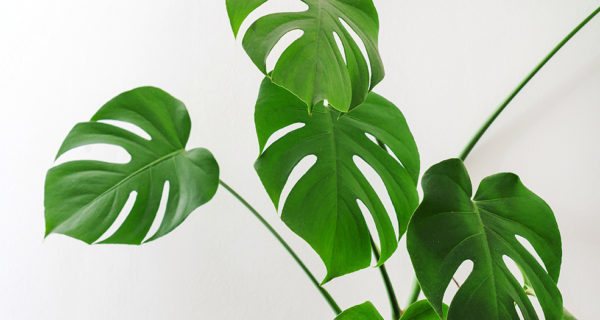

One of the most popular and widespread indoor plants that have not given up their positions for 150 years. There are quite a few species of this plant, more than 30, but the following are planted in houses:
monstera is adorable or delicious. It has a long, thick stem, large oval leaves, dark green in color; oblique or unequal. More miniature, in comparison with the previous one, the leaves are strongly perforated; monstera Adanson or punched, perforated. Large flower, with oval leaves, strongly dissected. Peperomia
This plant is sometimes credited with the ability to repair cracked relationships. More than five dozen species of this plant are used in floriculture, here are some of them:
- bushy. 10-15cm high, the leaves resemble a "cap", blooms, throwing spikelets;
- wrinkled. The color of the leaves is deep green, very attractive;
- rosso. The upper side of the leaves is green and the lower is bright red;
- lillian peperomia. Outwardly it looks like a lily, hence the name. The leaves are very heart-shaped;
- peperomia is silvery, gray-haired, dull-leaved, magnolia-leaved and many other species that have their own special features.
Philodendron
An evergreen and perennial plant. There are over 900 varieties. A very large plant, reaching a height of one and a half meters. Leaves up to 80cm long.
Therefore, the owners of small apartments do not risk having such a flower. The climbing philodendron needs less space, so it is more common than others.
Episode


This plant combines not only beautiful flowers during flowering, but also amazingly beautiful leaves. They are covered with an intricate pattern, have a velvet surface and reflect the sun's rays. And due to this, the impression of glowing leaves is created. In addition, the fact that the leaves remain in place for several years gives a decorative value to this plant.
To enjoy the flower for a long time, place it on the side of the window, in a hanging planter. Do not move or move the plant. In addition, you need to correctly shape the plant: the main and first shoots should not hang down, it is best to use a trellis attached to the pot.



